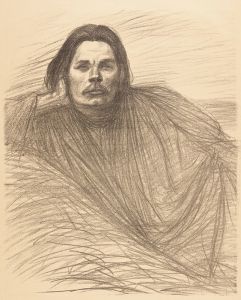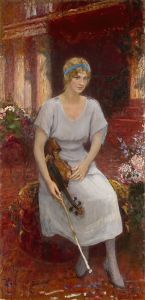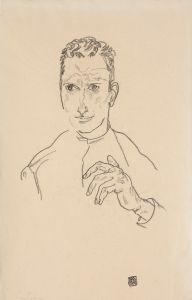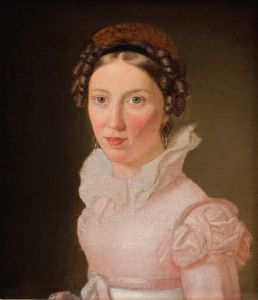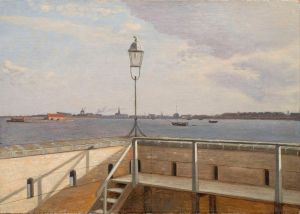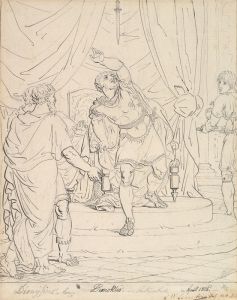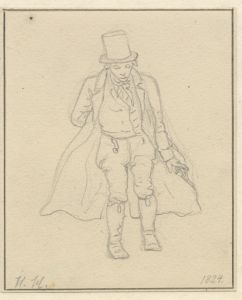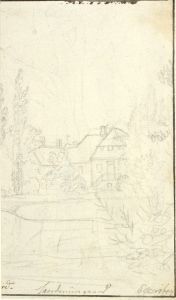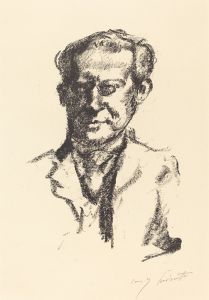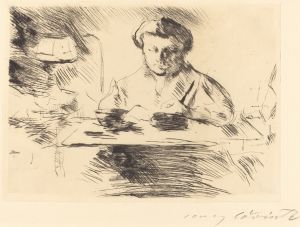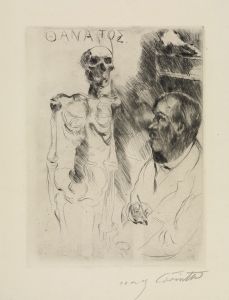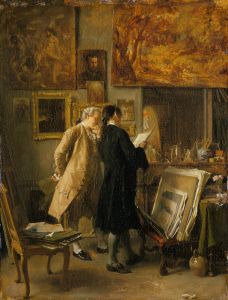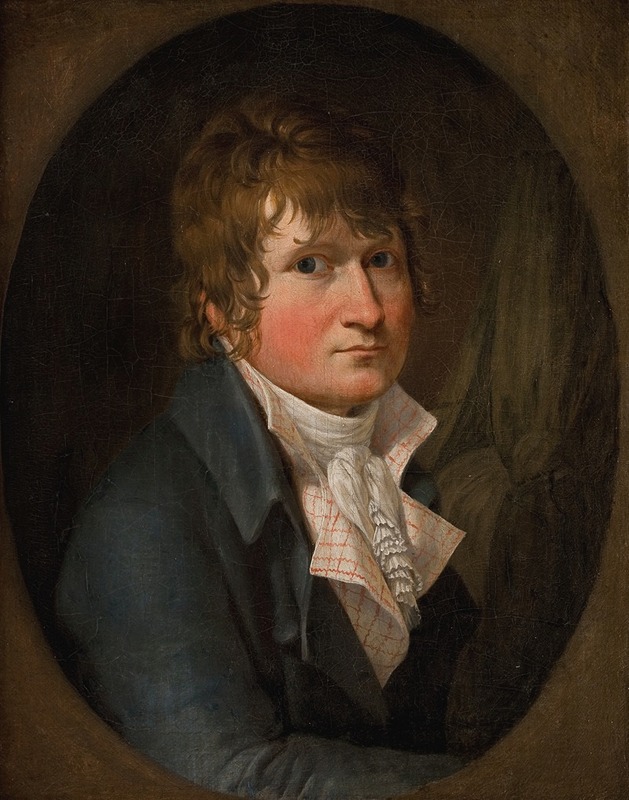
Self-Portrait
A hand-painted replica of Christoffer Wilhelm Eckersberg’s masterpiece Self-Portrait, meticulously crafted by professional artists to capture the true essence of the original. Each piece is created with museum-quality canvas and rare mineral pigments, carefully painted by experienced artists with delicate brushstrokes and rich, layered colors to perfectly recreate the texture of the original artwork. Unlike machine-printed reproductions, this hand-painted version brings the painting to life, infused with the artist’s emotions and skill in every stroke. Whether for personal collection or home decoration, it instantly elevates the artistic atmosphere of any space.
Christoffer Wilhelm Eckersberg, often referred to as the "Father of Danish Painting," was a prominent Danish painter who played a crucial role in the development of the Danish Golden Age of painting. Born on January 2, 1783, in Blåkrog, Denmark, Eckersberg is renowned for his contributions to portraiture, landscape, and history painting. Among his notable works is his self-portrait, which provides insight into his artistic style and personal identity.
The self-portrait by Christoffer Wilhelm Eckersberg is an exemplary piece that reflects his mastery of technique and his keen attention to detail. Painted in 1811, this self-portrait was created during a pivotal time in Eckersberg's career. He had recently returned to Denmark after studying in Paris under the tutelage of Jacques-Louis David, a leading figure in the Neoclassical movement. This experience profoundly influenced Eckersberg's approach to art, and his self-portrait demonstrates the clarity, precision, and compositional balance characteristic of Neoclassicism.
In the self-portrait, Eckersberg presents himself with a direct gaze, engaging the viewer with a sense of confidence and introspection. The composition is straightforward, focusing on the artist's face and upper body, with a neutral background that emphasizes his features. The lighting is carefully controlled, highlighting the contours of his face and the texture of his clothing. This attention to light and shadow showcases Eckersberg's skill in rendering realistic and lifelike images.
Eckersberg's self-portrait is not only a reflection of his technical abilities but also an expression of his identity as an artist. By choosing to depict himself in a dignified and composed manner, he conveys his self-assurance and dedication to his craft. The painting serves as a testament to his commitment to the ideals of Neoclassicism, which emphasized harmony, clarity, and the pursuit of beauty.
Throughout his career, Eckersberg was instrumental in shaping the direction of Danish art. He became a professor at the Royal Danish Academy of Fine Arts in 1818, where he influenced a generation of Danish artists, including notable figures such as Wilhelm Bendz, Christen Købke, and Martinus Rørbye. His teachings emphasized the importance of studying nature and the human form, principles that are evident in his own works, including his self-portrait.
Eckersberg's self-portrait remains an important piece within the context of Danish art history. It is housed in the collection of the Statens Museum for Kunst (The National Gallery of Denmark) in Copenhagen, where it continues to be appreciated by art enthusiasts and scholars alike. The painting not only offers a glimpse into the artist's personal world but also serves as a representation of the broader artistic movements of the time.
In summary, Christoffer Wilhelm Eckersberg's self-portrait is a significant work that encapsulates the essence of his artistic vision and the cultural milieu of early 19th-century Denmark. Through its meticulous execution and thoughtful composition, the painting stands as a lasting tribute to Eckersberg's legacy as a pioneering figure in Danish art.





